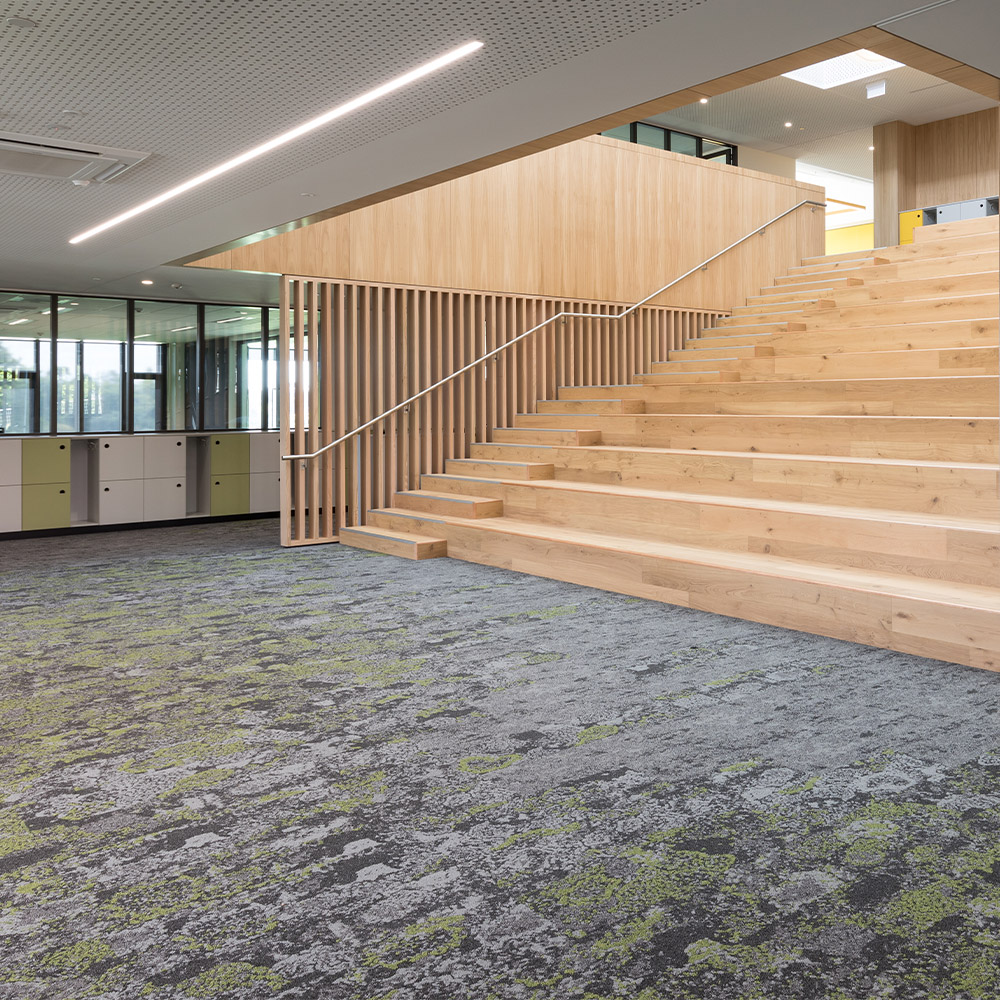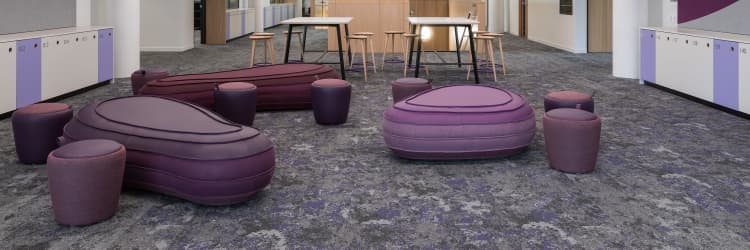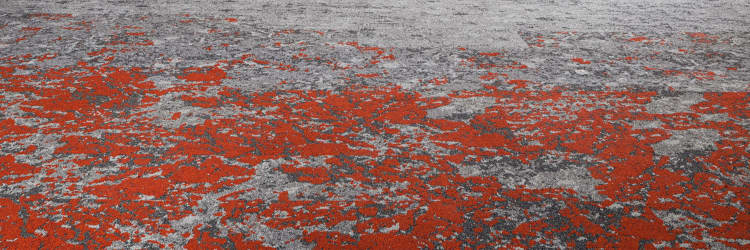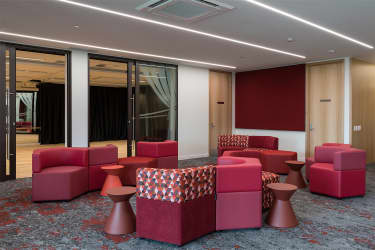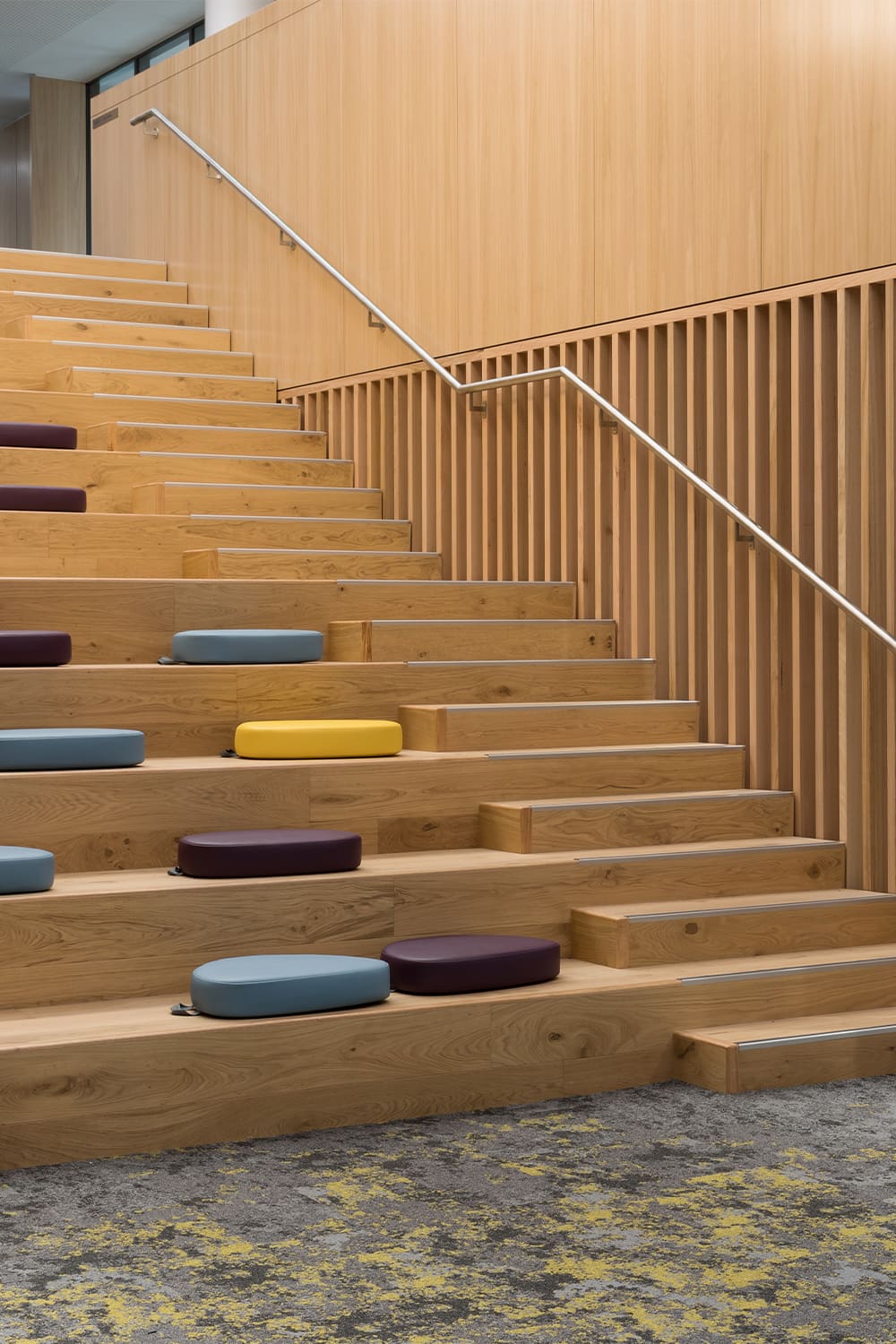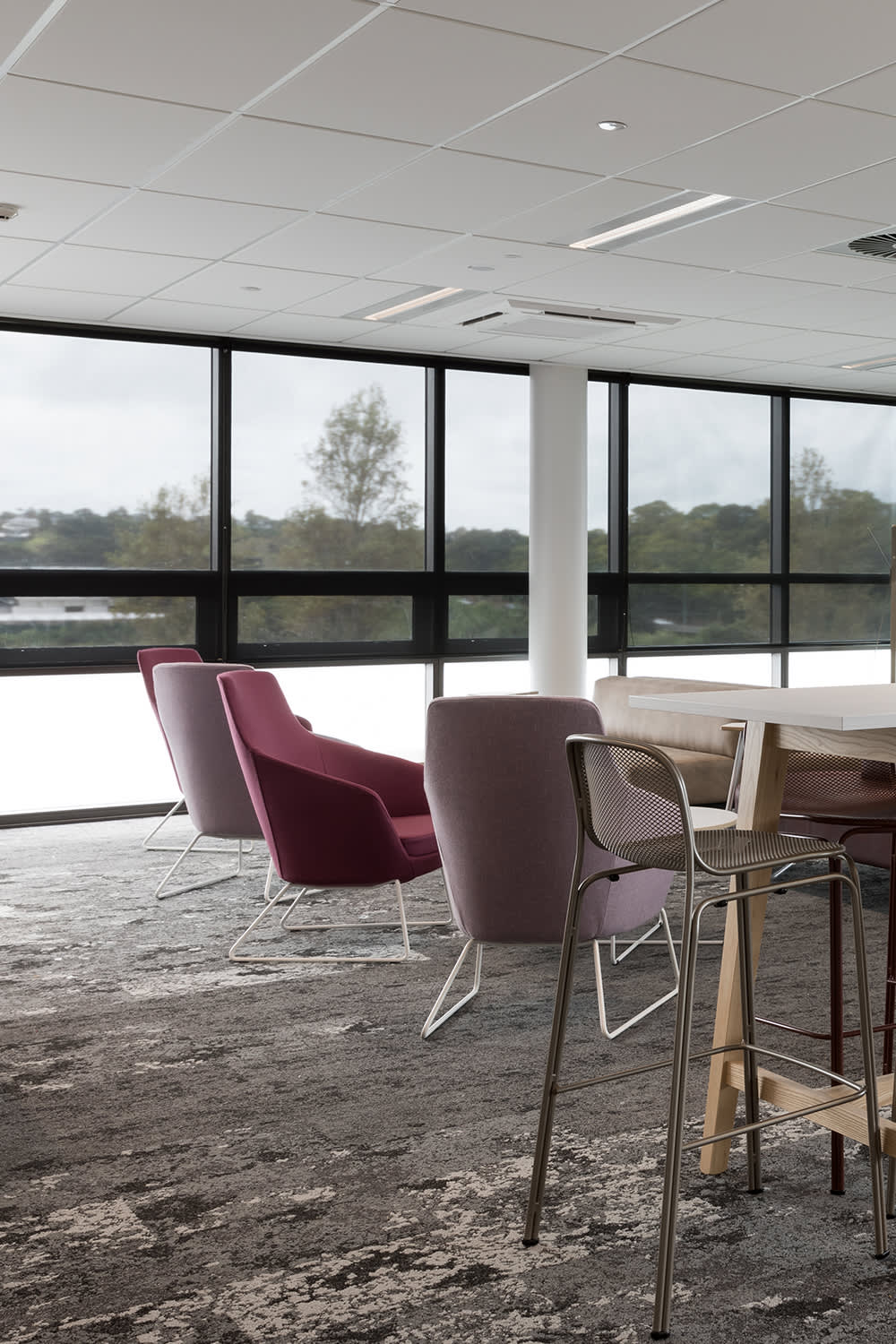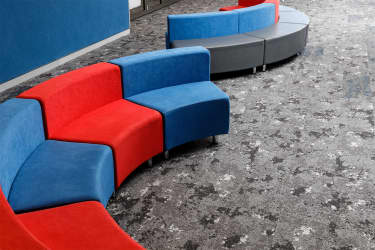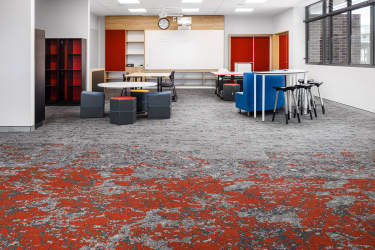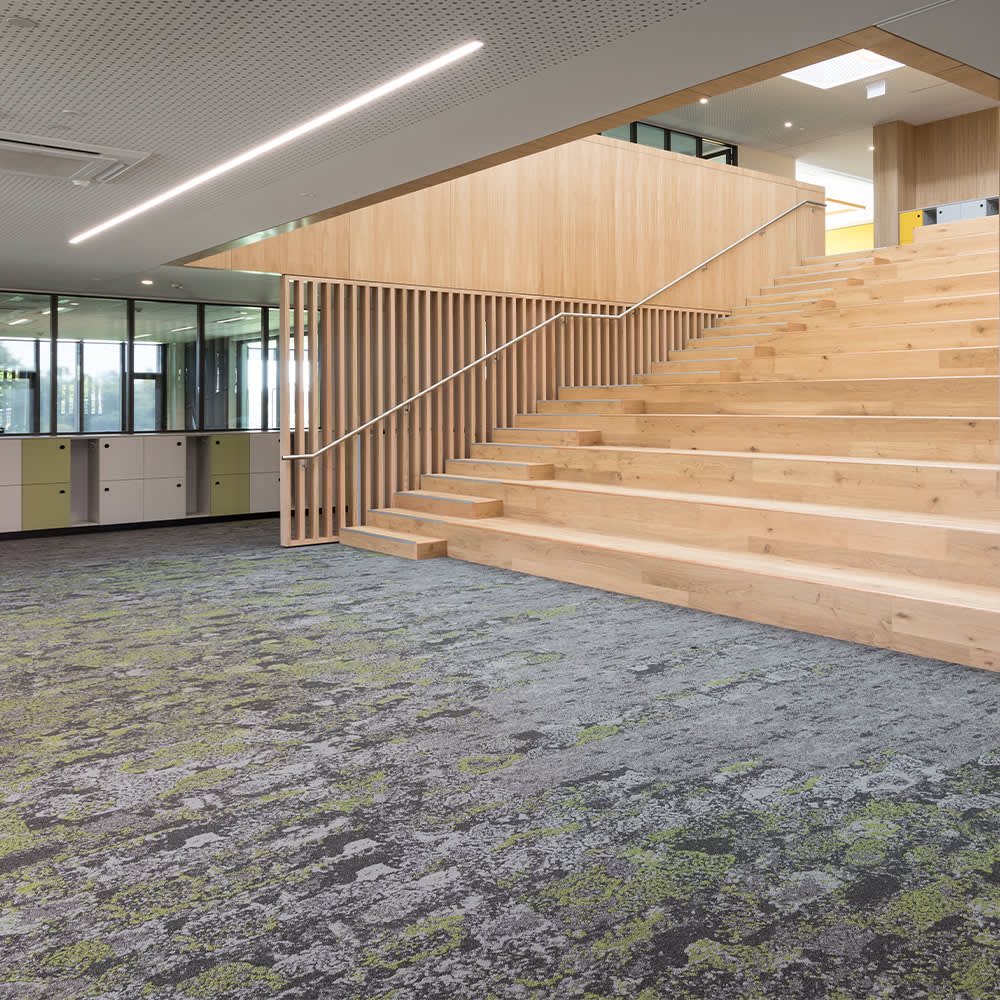Understanding the effects of floor colour on the productivity, health and wellbeing of individuals when designing commercial spaces and education settings is vital.
Light Reflection Values
The way in which colours of particular surfaces, such as carpet, absorb and reflect light can be tested and assigned a Light Reflection Value (LRV). This value is expressed as a percentage of light that is reflected from a surface. Lower light reflectance causes the pupils dilate whereas, higher light reflectance causes the pupils’ contract.
LRV is a key consideration when selecting colours within a space as the internationally accepted normal is maintaining a 3:1 ratio of LRV between the walls, floor and furniture. Therefore, when selecting the colour of flooring for a space the overall colours selected and their LRVs within the space must also be considered. This ensures for the control of extreme contrasts in dark and light within a space.

